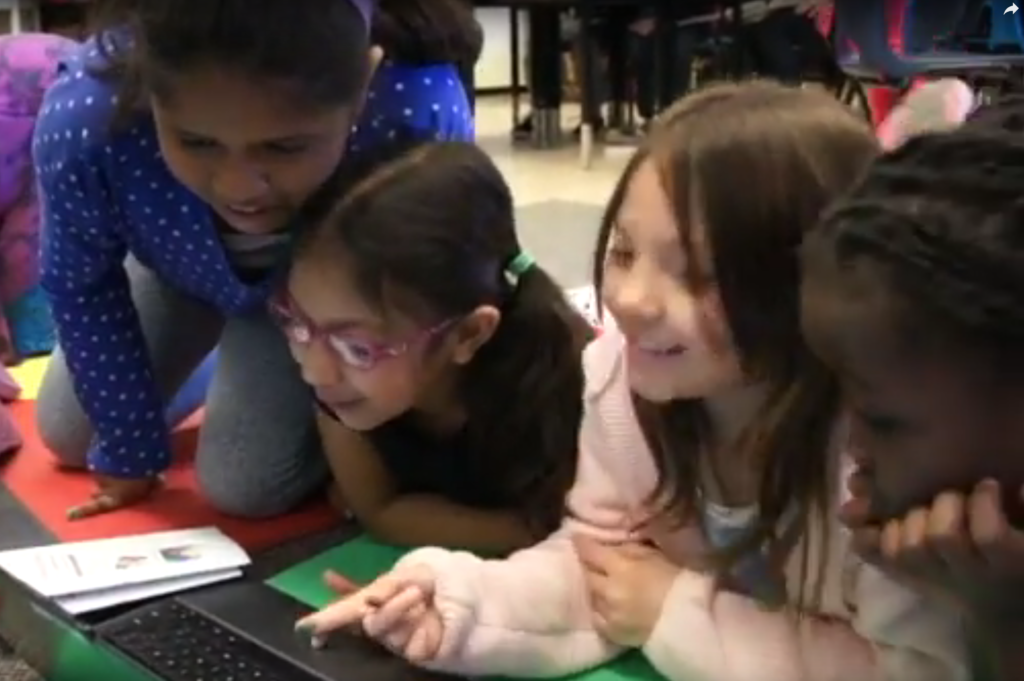And now, as adults, we want the same for our children, which I think is really another issue (having to do with the “good old days” and the older generation underestimating the younger generation), but here are some of my thoughts on all the talk on “discovery learning”:
- Ontario education. Over the last 10 years I’ve spent on average 40-50 days each year in elementary classrooms, and I haven’t seen “discovery learning”. I’ve seen guided investigations, where the teachers prompt and scaffold student thinking to help them understand concepts in new ways. And I’ve seen a variety of other approaches too.
- Discovery learning. Years ago, Constance Kamii, who studied with Jean Piaget, did a lot of research on students discovering solutions rather than being told how to solve math problems. In one study, she compared Grade 3 children from three different classrooms, who learned how to add sums like 7 + 52 + 186, in three different ways: 1) by learning the addition algorithm you and I learned in school; 2) by not being told how to add and having to discover how to add by themselves; and 3) using a mix of methods 1) and 2) (for example, see this paper). Interestingly, on standard paper-and-pencil tests, the “discovery math” children did the best and the “let’s learn the algorithm” children did the worst. It was also interesting that when the “discovery math” children gave wrong answers, their answers were close, while the wrong answers of the “algorithm” children would sometimes be off by thousands (showing that they had not developed any number sense).
- Right vs left. You wouldn’t want to push analogies too far, but if we stereotype a bit, Kamii’s discovery learning approach can be seen as belonging to the right of the political spectrum. Like building a business from scratch, she asks children to construct their own, individual understanding of what addition is. The way I was taught math in school was more like a hand-out: my teacher gave us “the” way to add, ready-made.
- Some of this, and some of that. I think we need a balanced approach. Some of this, and some of that. Even if we think we know the “best” way (which I don’t). Children spend a lot of time in math class and need variety, across the spectrum of “tell” and “discover”. Most of all, we need to appreciate the wonderful minds of young children.
If you want to see some Ontario math classrooms in action, take a look at these lesson studies on Repeating Patterns in Grades 1-3.

